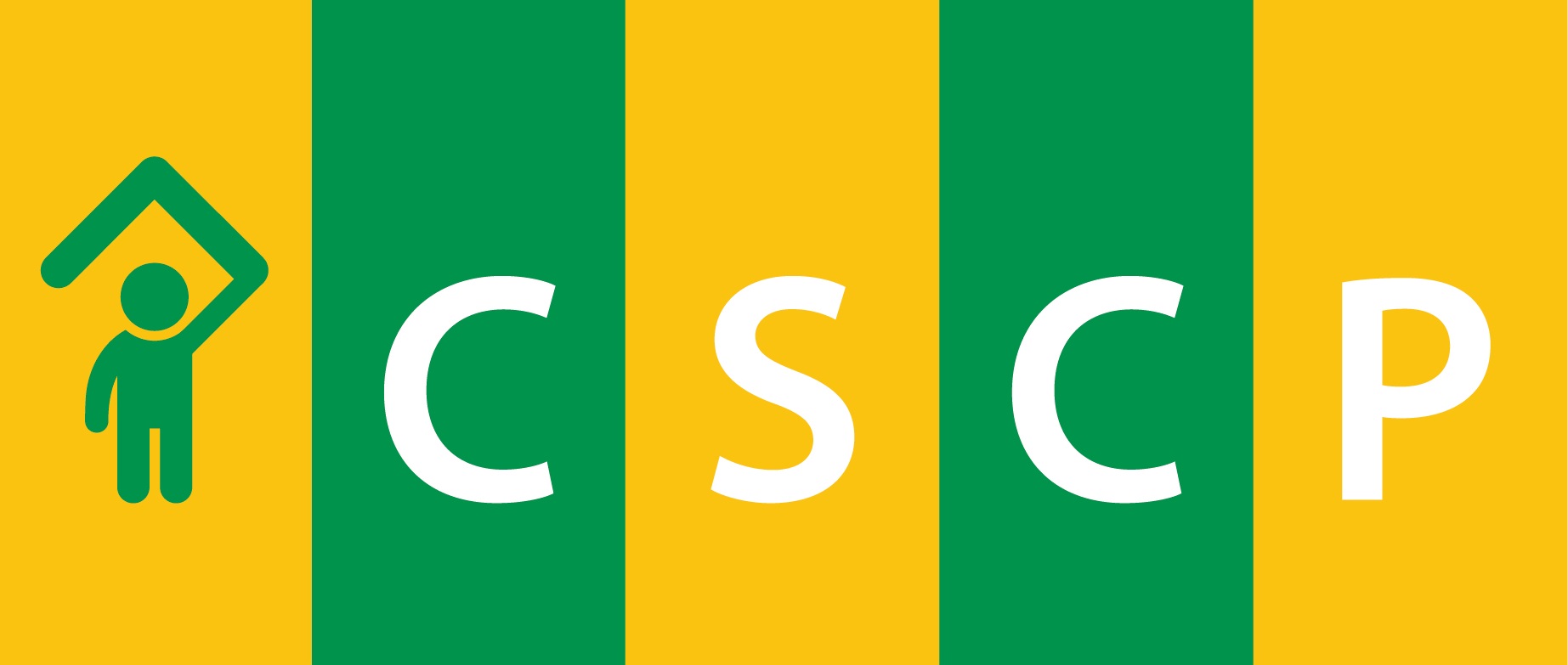Child CH (published 24 July 2020)
A Serious Case Review takes place "where abuse of a child is known or suspected; and either - (I) the child has died; or (ii) the child has been seriously harmed and there is cause for concern as to the way in which the authority, their Board partners or other relevant persons have worked together to safeguard the child".
Child CH's Story
Child CH died in 2018 from hanging. At the time of her death, Child CH was a looked after child and an inpatient at a mental health hospital in Lancashire.
Child CH had social worker involvement for most of their life. There had been long-term concerns that Child CH may have experienced abuse and neglect while living at home. Child CH became looked after in 2016, with significant harm being found due to long-term neglect and emotional abuse. After coming into care Child CH disclosed extensive alleged sexual abuse from multiple perpetrators from the age of 7 years. It is possible that she had not finished her disclosures before she died.
If you work with children and families in Cumbria, there may be additional specific actions and lessons for your agency and your role. Please ask your manager, or contact your representative on the Cumbria Local Safeguarding Children Board, to find out more. Contact us
Lessons to be learned from Child CH
- When a child moves placement or has to stay in hospital, particularly outside of area, this will have an impact on the child themselves but also on the awareness of the child by those providing services in the new area. There need to be systems in place, and timely robust practice, for information sharing and communication. This should include an updated health plan being shared by the CLA nurse.
- When a child in care is particularly vulnerable, there should be a plan for service delivery which takes this vulnerability into consideration. This should be communicated to partner agencies in the area where they are living by agencies in Cumbria.
- Different agencies and professionals have different thresholds regarding the perceived risk from self-harm, including using ligatures. This needs to be acknowledged. Risk assessments and plans need to be holistic, shared across disciplines, agencies and areas, and reviewed regularly.
- The perceived risk can increase professional anxiety and be a barrier for access to services and placements.
- Tier 4 mental health provision for young people brings additional risks. There should be open discussion and challenge within the setting and across agencies around this and regarding the risk of staff and young people being desensitised to behaviours and risks in these settings.
- When a child has to move placement there needs to be a commitment to finding a solution and ownership of the problem from all of the agencies involved, in a way that is as timely and uncomplicated as possible.
- When a child who is looked after needs to attend a hospital it is good practice that they attend the same hospital on every occasion when there is more than one hospital in a geographic area. The Residential Unit should request this when they contact 111/999.
- When a child needs a period of in-patient care in a mental health hospital, every effort should be made to ensure that the hospital is as close to the placement as possible.
- Those responsible for children who are exposed to or at risk of exploitation must ensure that in all cases:
- assessments and safety plans are multi-agency, outcome focused, and appropriately shared when a child moves, including consulting with the new area on the appropriateness of a placement
- practice is ‘trauma informed’
- processes across and within agencies should be streamlined to avoid repetition and increased bureaucracy
- Child CH had the opportunity to speak to professionals on a daily basis and appeared to be able to voice her fears, frustrations and pain. However when a child has placement moves and changes of professionals involved with them, when they can’t be reassured about where they will be living next, and when they can’t have intensive therapeutic input due to moves and instability, they are likely to feel that their voice is not heard, or be unable to trust those caring for them.
- Information sharing and local involvement in a child’s plan is essential both before and when a child who is looked after moves areas, and/or when there are frequent crises. If it is known that information has not been shared with an agency, it should be requested by them.
- Unmet needs and lack of progress with the most vulnerable children need to be escalated to senior managers within and across agencies. Agencies should aim for an organisational culture where a professional can say to a senior manager ’can I speak to you about this child?’
- Robust planning for vulnerable children who are looked after is crucial. When there are numerous crises that impact on the ability to step back and consider the bigger picture, a more senior manager from CSC or a relevant partner agency should become involved and chair planning meetings.
Dissemination of Learning
Sharing learning from serious case reviews in order to improve safeguarding practices is vital. We use the recommendations from case reviews to improve safeguarding of children and young people.
If you would like to discuss this briefing or any of its contents then please speak to your line manager, your representative on the CSCP or contact the CSCP Office.
